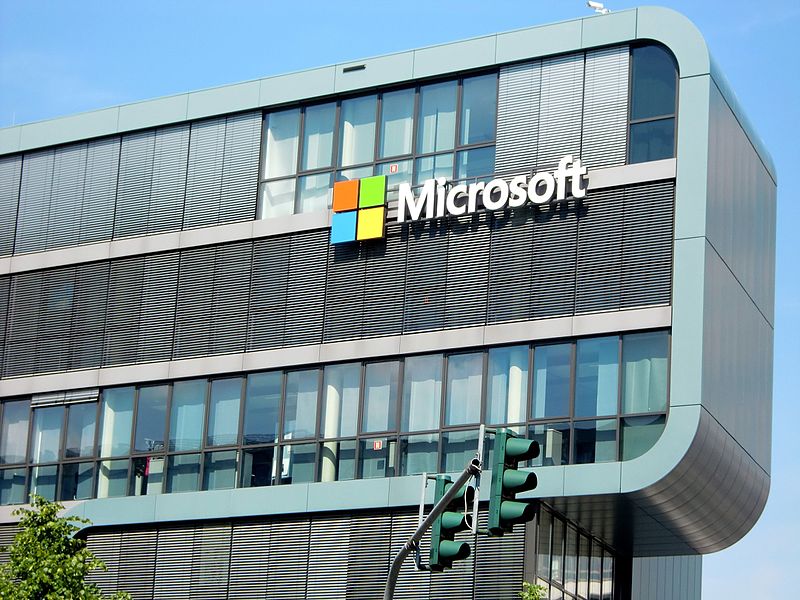 INFRA
INFRA
 INFRA
INFRA
 INFRA
INFRA
Microsoft Corp. Tuesday hit back at claims of an alleged security vulnerability in Windows 8 and 10 that could allow a remote attacker to take control of an affected system, saying the security coding is a feature, not a flaw.
The drama started last week when the U.S. Computer Emergency Response Team issued a warning Friday saying that a flaw in ASLR from Windows 8 onwards failed to randomize connections properly, leaving it open to attack.
Address Space Layout Randomization is a feature first introduced in Windows Vista that is designed to randomize the memory location in which applications get loaded and executed. The aim is to make it difficult for malicious actors to exploit vulnerabilities such as buffer overflows by altering the memory locations in which important data is stored. What CERT claimed is that instead of properly randomizing those locations, ASLR instead stores supposedly randomized data in exactly the same place instead, defeating its theoretical purpose.
Windows 8 and later “fail to properly randomize every application if system-wide mandatory ASLR is enabled via EMET [Microsoft’s enhanced mitigation experience toolkit] or Windows Defender Exploit Guard,” CERT claimed.
Microsoft was having none of it, however. Matt Miller from Microsoft’s Security Response Center wrote in a blog post Tuesday that the way ASLR allocated randomization was a feature and not a bug.
“ASLR is working as intended and the configuration issue described by CERT/CC only affects applications where the EXE does not already opt-in to ASLR,” Miller wrote. “The configuration issue is not a vulnerability, does not create additional risk, and does not weaken the existing security posture of applications.”
Miller went on to say that the Windows Defender Exploit Guard team is investigating a configuration issue that prevents system-wide enablement of bottom-up ASLR and is working to address it accordingly, but added that the issue “does not create additional risk as it only occurs when attempting to apply a non-default configuration to existing versions of Windows.”
Support our open free content by sharing and engaging with our content and community.
Where Technology Leaders Connect, Share Intelligence & Create Opportunities
SiliconANGLE Media is a recognized leader in digital media innovation serving innovative audiences and brands, bringing together cutting-edge technology, influential content, strategic insights and real-time audience engagement. As the parent company of SiliconANGLE, theCUBE Network, theCUBE Research, CUBE365, theCUBE AI and theCUBE SuperStudios — such as those established in Silicon Valley and the New York Stock Exchange (NYSE) — SiliconANGLE Media operates at the intersection of media, technology, and AI. .
Founded by tech visionaries John Furrier and Dave Vellante, SiliconANGLE Media has built a powerful ecosystem of industry-leading digital media brands, with a reach of 15+ million elite tech professionals. The company’s new, proprietary theCUBE AI Video cloud is breaking ground in audience interaction, leveraging theCUBEai.com neural network to help technology companies make data-driven decisions and stay at the forefront of industry conversations.